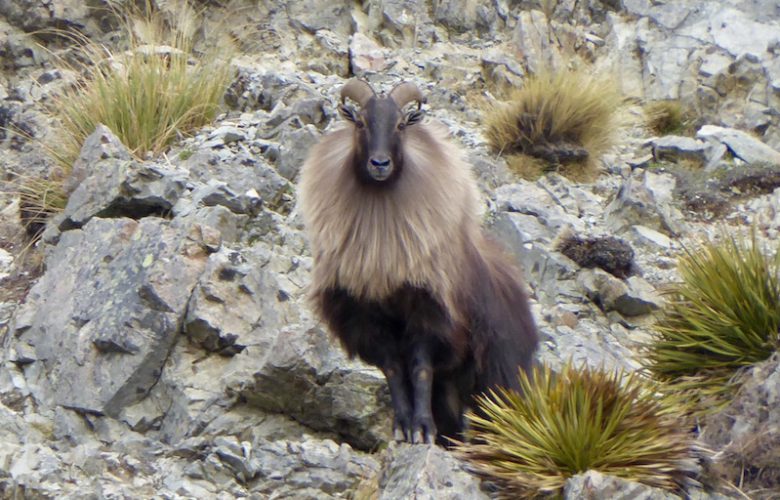Himalayan Tahr (Hermitragus jemlahicus) were introduced to New Zealand in 1905. Today they are classified as a game species. However, with no natural predators and with favourable environmental conditions in New Zealand the species require careful management in order to minimise damages, especially to native fauna and flora. New Zealand tahr populations have been managed through recreational hunting, commercial guided hunting, and government culling operations for decades. The current tahr management system led to the approval of annual New Zealand Tahr Control Operational Plans for 2018-2019 and 2019-2020. Both of these plans were ultimately the result of meaningful consultations with relevant stakeholders, including the hunting community which represents an important voice, particularly given the socio-cultural and economic importance of tahr populations to many rural New Zealanders.
Against this background, the CIC is closely following developments surrounding the 2020-2021 Tahr Control Operational Plan, including concerns about the data underpinning the management decisions in the plan, the proposed levels of culling, and the degree to which stakeholders were consulted in the lead up to the plan’s approval on 30 June 2020.
On 10 July 2020, the New Zealand High Court ruled – in a case entitled ‘The New Zealand Tahr Foundation Incorporated v The Minister of Conservation’ – that the 2020-2021 tahr operational plan approved by the New Zealand Department of Conservation (DoC) was in breach of the applicant’s (New Zealand Tahr Foundation) legitimate expectation of appropriate consultation. The High Court ruled that the applicant had a legitimate expectation of meaningful consultation and that there was partial inadequacy by the respondent (Minister of Conservation) in meeting that expectation.
While the Decision on the operational plan was not quashed, it was referred back to DoC for reconsideration and further consultation. As part of the ruling, reduced limits were imposed on aspects of the 2020-2021 plan until further consultation was held. This meant that DoC could only undertake half of the 250 helicopter hours set out in the 2020-2021 operational plan that they had approved.
This High Court ruling highlights a crucial principle in the management of any game species – whether native or introduced, threatened or abundant – that of meaningful stakeholder consultation. The New Zealand hunting community, which represents the interests of far more than just recreational hunters and guides, is a crucial stakeholder in the management of tahr populations in New Zealand.
In addition to meaningful consultations, any operational plan of this nature must be underpinned by sound, up-to-date population monitoring data. Such data should underpin the management of any game species, regardless of where it is located. In this regard, the CIC welcomes the provisions under the 2020-2021 operational plan for determining the research and monitoring requirements for tahr populations. This is a first step, and the CIC hopes that it will quickly lead to appropriate research and monitoring being implemented. This is something that is needed sooner rather than later in order to inform management decisions.
While the CIC would normally urge for culling to be avoided where possible, it recognises that it can be a necessary tool to keep wildlife populations in check and to help minimise human-wildlife conflict or other damages, including to native fauna and flora. However, any culling program must be based on accurate and up-to-date data, ongoing monitoring, and the result of meaningful consultation with all relevant stakeholders.

